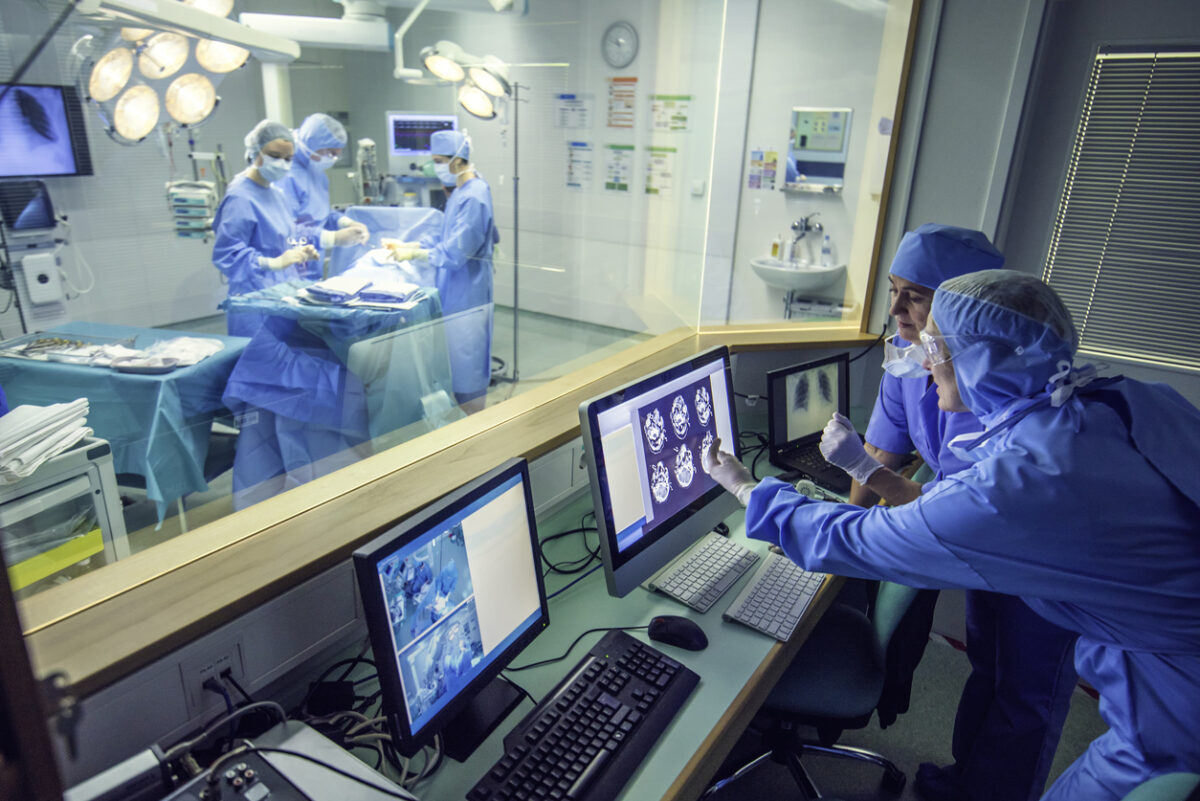Memory Formation under Anesthesia

There are two types of memories: explicit and implicit. Explicit or conscious memories are memories that can be recalled at will, whereas implicit or unconscious memories are essentially ‘hidden’. Despite the fact that implicit memory cannot be recalled, this form of memory is still quite integral and allows us to function in an ever-changing world (1). It has been shown that during clinically adequate anesthesia, the brain is still capable of receiving auditory stimuli and processing them at a fairly complex level. Therefore, the brain, even when anesthetized, remains functional in the higher cognitive sense (2). However, it is still unclear from behavioral studies whether sensory input processed during anesthesia can be stored as memory.
A study conducted by Lubke et al. at Emory University attempted to show that explicit and implicit memory performance decreases as the depth of a patient’s hypnotic state increases (3). They played a list of words via headphones during surgery to patients who had suffered acute trauma. Several commonly used indicators of anesthetic effect, including the bispectral index, were recorded during word presentation. First, these indicators served as predictors of the memory performance in a postoperative word stem completion test. Second, general memory performance observed in the first part was separated into explicit and implicit memory using the process dissociation procedure, and then two models of memory were compared: One model assumed that the probability of explicit and implicit memory decreases with increasing depth of hypnotic state (individual differences model), whereas the other assumed equal memory performance for all patients regardless of their level of hypnotic state. At the end of the study, they found no reliable evidence for explicit memory (3). However, even at levels of general anesthesia considered to be adequate by BIS monitoring, implicit memory was found. This clearly shows that patients process auditory information at these levels of general anesthesia without being able to access consciously the information after recovery.
Additionally, Munte et al. evaluated the effect of a standardized anesthetic technique on implicit memory, first using a word stem completion task, and then a reading speed task in a subsequent study (4). While undergoing lumbar disc surgery, 60 patients were exposed to auditory materials via headphones in two successive experiments. A balanced intravenous technique with propofol and alfentanil infusions and a nitrous oxide-oxygen mixture was used to maintain adequate anesthesia. In the first experiment, 30 patients were exposed randomly to one of the two lists of 34 repeated German nouns; in the second experiment, 30 patients were exposed to one of two tapes containing two short stories. Thirty control patients for each experiment heard the tapes without receiving anesthesia. Six to eight hours later, all patients were tested for memory acquisition. Implicit memory was demonstrated after anesthesia by the reading speed task, but not by the word stem completion task. Furthermore, the patients had no explicit memory of intraoperative events (4).
It appears to be the case that implicit memories can be formed under anesthesia, whereas explicit memories cannot. Or at least, there is a lack of convincing evidence of the existence of explicit memories after procedures involving anesthetics. Perhaps as our understanding of anesthetic mechanisms on consciousness and memory increases, further insights into human memory might be gained, resulting in novel conceptualizations. Translational knowledge of memory function from animal studies might be most relevant for more ‘primitive’ forms of memory (1). By contextualizing memory function in terms of cognitive models, some guidance for further research is hopefully obtained. As with the ‘hard problem’ of consciousness, and how anesthetics interact with these processes to produce unresponsiveness, one should be able to refine methods to detect unconscious memories more reliably, and more importantly, define a state of anesthesia in which such memory formation is not only plausible, but reproducible.
References
- Veselis RA. Memory formation during anaesthesia: plausibility of a neurophysiological basis. Br J Anaesth. 2015;115 Suppl 1(Suppl 1):i13–i19. doi:10.1093/bja/aev035
- Veselis RA. Memory Function during Anesthesia. Anesthesiology. 1999;90(3):648-650.
- Lubke GH, Kerssens C, Phaf H, Sebel PS. Dependence of Explicit and Implicit Memory on Hypnotic State in Trauma Patients. Anesthesiology. 1999;90(3):670-680.
- Munte S, Kobbe I, Demertzis A, Lullwitz E, Munte T, Piepenbrock S, Leuwer M; Increased Reading Speed for Stories Presented during General Anesthesia. Anesthesiology. 1999;90(3):662-669.
